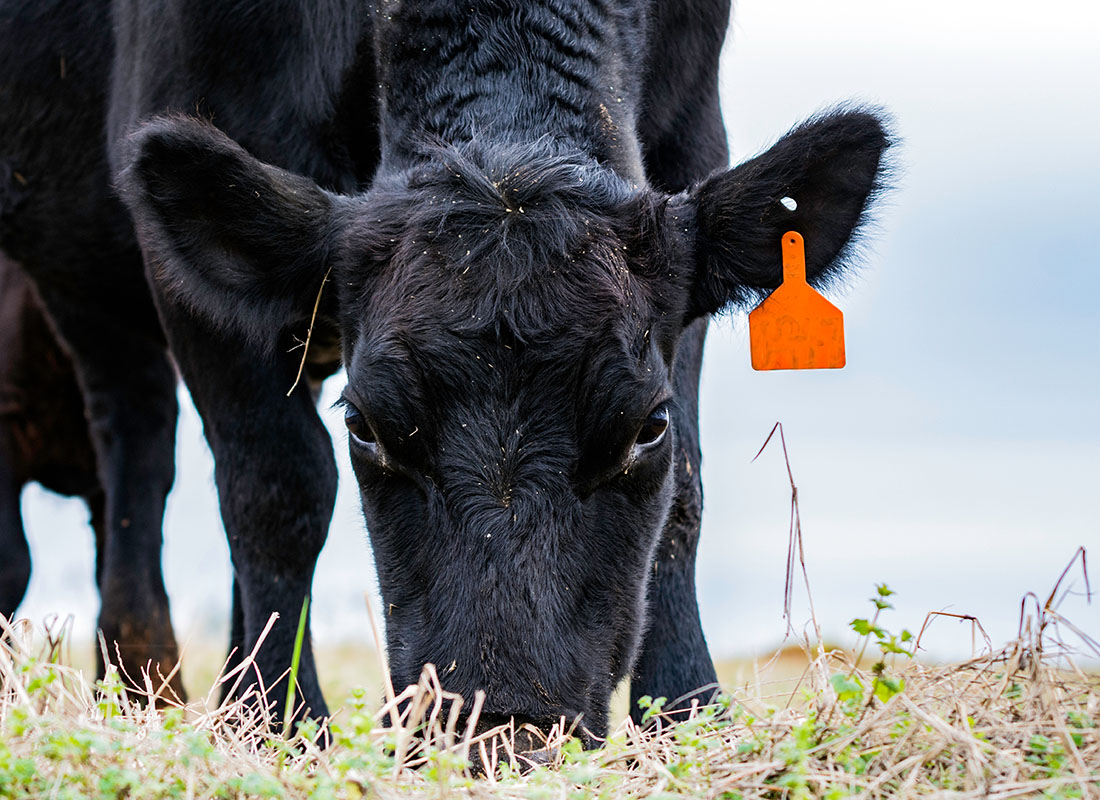Specialist Advice: Bagley Risk Management Approaches
Specialist Advice: Bagley Risk Management Approaches
Blog Article
Recognizing Livestock Danger Protection (LRP) Insurance: A Comprehensive Guide
Browsing the world of animals danger defense (LRP) insurance coverage can be a complex venture for lots of in the farming industry. From just how LRP insurance works to the various protection choices readily available, there is much to uncover in this comprehensive overview that could possibly form the means animals manufacturers approach risk monitoring in their services.

Exactly How LRP Insurance Policy Functions
Periodically, recognizing the auto mechanics of Livestock Threat Security (LRP) insurance can be intricate, but breaking down exactly how it functions can offer quality for farmers and ranchers. LRP insurance is a danger administration tool designed to secure livestock producers against unexpected rate declines. The policy allows manufacturers to establish a protection degree based on their particular needs, selecting the variety of head, weight variety, and insurance coverage cost. Once the plan remains in place, if market value fall listed below the insurance coverage rate, manufacturers can sue for the difference. It is necessary to keep in mind that LRP insurance is not an income assurance; rather, it focuses exclusively on rate threat protection. The coverage period normally ranges from 13 to 52 weeks, offering adaptability for producers to select a duration that aligns with their production cycle. By utilizing LRP insurance, farmers and ranchers can minimize the financial risks connected with varying market value, ensuring better security in their procedures.
Eligibility and Insurance Coverage Options

When it involves insurance coverage alternatives, LRP insurance policy provides manufacturers the versatility to choose the insurance coverage level, insurance coverage duration, and recommendations that ideal suit their threat monitoring requirements. Insurance coverage degrees normally range from 70% to 100% of the anticipated ending worth of the insured animals. Producers can additionally choose protection periods that align with their manufacturing cycle, whether they are insuring feeder livestock, fed livestock, swine, or lamb. Endorsements such as rate danger protection can further customize insurance coverage to protect versus negative market changes. By comprehending the eligibility criteria and protection options offered, livestock producers can make educated decisions to handle threat effectively.
Pros and Disadvantages of LRP Insurance Coverage
When examining Animals Risk Security (LRP) insurance policy, it is vital for animals manufacturers to consider the downsides and benefits inherent in this risk administration tool.

One of the key benefits of LRP insurance coverage is its ability to supply defense against a decline in animals costs. Furthermore, LRP insurance policy provides a degree of versatility, enabling producers to customize coverage degrees and policy durations to fit their specific demands.
However, there are additionally some drawbacks to consider. One restriction of LRP insurance coverage is that it does not protect versus all sorts of risks, such as disease outbreaks or natural catastrophes. Costs can in some cases be expensive, especially for manufacturers with big livestock herds. It is essential for producers to meticulously analyze their specific danger direct exposure and monetary situation to establish if Continue LRP insurance is the right risk management tool for their operation.
Recognizing LRP Insurance Policy Premiums

Tips for Taking Full Advantage Of LRP Advantages
Making the most of the advantages of Animals Risk Protection (LRP) insurance needs strategic preparation and positive risk monitoring - Bagley Risk Management. To take advantage of your LRP insurance coverage, take into consideration the complying with suggestions:
Routinely Analyze Market Conditions: Keep educated regarding market fads and price fluctuations in the livestock market. By keeping track of these aspects, you can make informed choices about when to buy LRP insurance coverage to secure versus potential losses.
Set Realistic Insurance Coverage Degrees: When selecting protection levels, consider your production expenses, market price of livestock, and prospective dangers - Bagley Risk Management. Establishing sensible coverage levels guarantees that you are effectively shielded without overpaying for unneeded insurance
Diversify Your Coverage: Rather of relying entirely on LRP insurance, think about diversifying your risk management methods. Incorporating LRP with various other risk monitoring devices such as futures contracts or options can give thorough coverage against market uncertainties.
Review and Adjust Coverage Frequently: As market problems alter, occasionally evaluate your LRP insurance coverage to ensure it lines up with your present threat exposure. Readjusting protection degrees and timing of acquisitions can help enhance your danger protection method. By complying with these ideas, you can make the most of the advantages of LRP insurance and protect your animals operation versus unforeseen risks.
Conclusion
Finally, livestock danger security (LRP) insurance is an important device for farmers to manage the monetary threats connected with their animals operations. By understanding how LRP functions, here eligibility and coverage choices, in addition to the advantages and disadvantages of this insurance, farmers can make educated decisions to secure their resources. By carefully considering LRP premiums and executing strategies to make the most of benefits, farmers can mitigate prospective losses and guarantee the sustainability of their operations.
Livestock manufacturers interested in obtaining Livestock Danger Protection (LRP) insurance coverage can discover a variety of eligibility requirements and protection options tailored to their certain livestock procedures.When it comes to protection alternatives, LRP insurance coverage uses manufacturers the versatility to select the coverage level, insurance coverage period, and endorsements that ideal match their threat monitoring demands.To grasp the complexities of Animals Risk Protection (LRP) insurance totally, recognizing the factors affecting LRP insurance policy costs is essential. LRP insurance policy premiums are identified by numerous components, consisting of the protection level picked, the anticipated cost of animals at the end of the coverage duration, the kind of livestock being guaranteed, and the size of the coverage period.Testimonial and Change Insurance Coverage Routinely: As market conditions transform, occasionally examine why not try these out your LRP insurance coverage to ensure it aligns with your current danger exposure.
Report this page